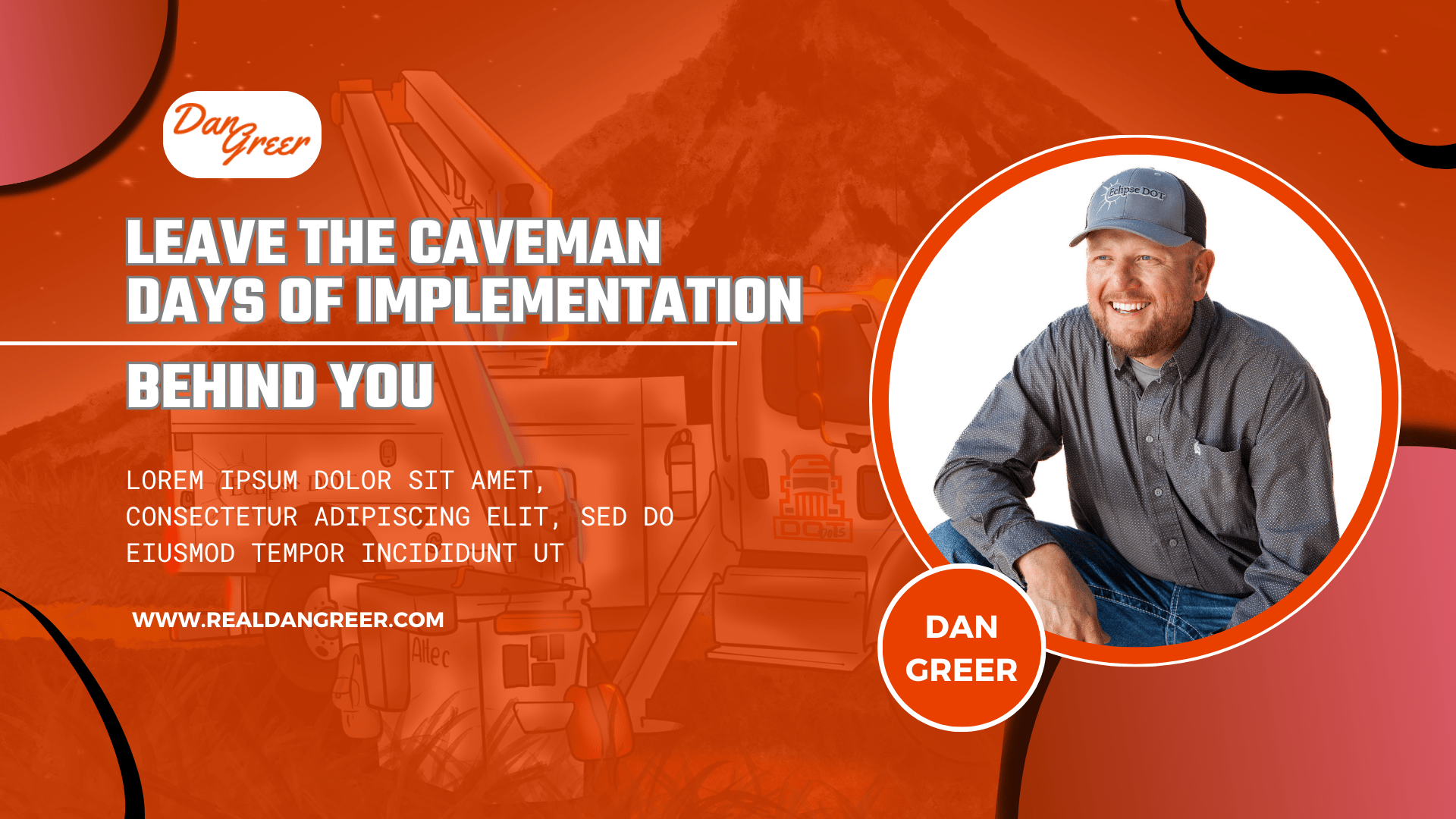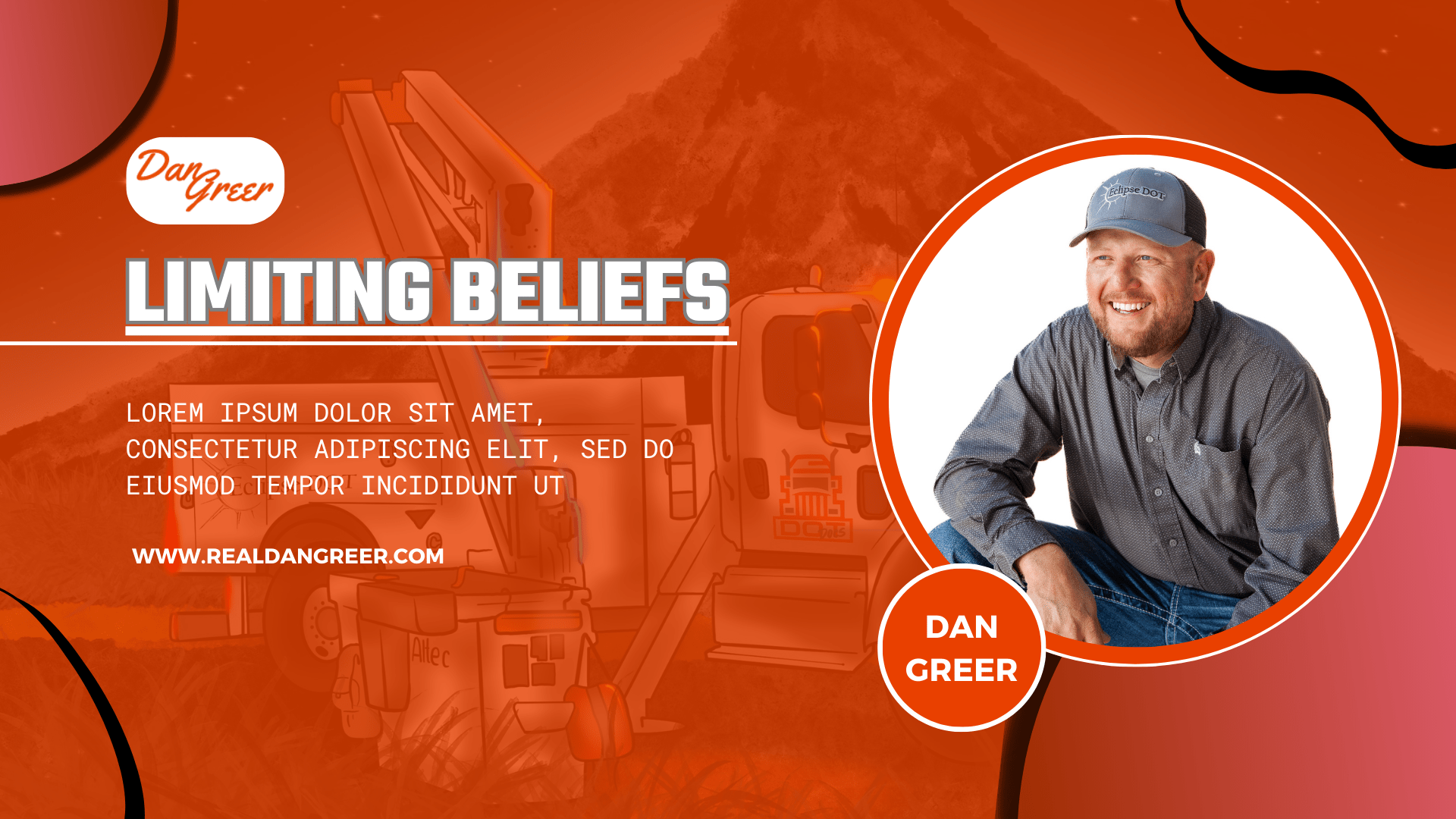Learnings The Languages Of Love
As you might already know, I am a devoted Christian and the father of four kids. My wife, Jenna, has been by my side for over 16 years, and I feel incredibly blessed that she hasn’t given up on me.
A few years ago, we came across Dr. Gary Chapman’s book “The 5 Love Languages,” and it transformed our relationship. It prompted us to be more deliberate in nurturing our entire relationship and, honestly, in our interactions with those around us as well.
Let’s dive into understanding the five love languages and what they signify:
1. Physical Touch: This language speaks volumes through physical gestures like hugs or handshakes. People who resonate with this language feel most loved and connected through physical contact. For some, playfulness, like roughhousing, can also be a sign of affection.
2. Words of Affirmation: This language thrives on verbal expressions of love and appreciation. Being told how much you mean to someone or hearing words of gratitude can deeply resonate with individuals who value this language. For instance, acknowledging and thanking your partner for doing household chores can be a meaningful gesture.
3. Gifts: Feeling loved through gifts isn’t about the monetary value but the thoughtfulness behind them. It could be as simple as a handpicked flower, a gift card, or homemade jam. What matters most is feeling appreciated and understood through the act of gifting.
4. Acts of Service: This language is about actions that demonstrate care and consideration, such as folding laundry or assisting with tasks. It’s not about doing everything for someone but rather showing kindness through helpful deeds.
5. Quality Time: Quality time is about undivided attention and meaningful interactions. Spending focused time together, engaging in shared activities, or having deep conversations are key ways to connect with individuals who value quality time as their love language.
You’ve probably figured out that this love language is all about spending meaningful time with others. It’s not just being in the same room while on different devices, but truly engaging in quality conversations and interactions.
After reading the book, we made a conscious effort to change our behavior toward each other. We became more deliberate and intentional in our actions. Knowing that my wife’s primary love language is quality time, we started taking more walks together. I make it a point to set aside my phone and turn off my computer when she comes to spend time with me.
Recognizing that my primary love language is physical touch, she now makes an effort to hold my hand or gently rub my arm more often.
The key point I want to emphasize is that when we are intentional in our actions and thoughts, it’s remarkable how much improvement we can achieve in a short span of time.
As we’ve become adept at speaking each other’s love languages, our relationship has significantly improved. We’ve also begun to understand and speak the love languages of not just our children but also our friends and other families, fostering better connections all around.
I apply this approach to clients too. As we build a deeper connection, some clients appreciate a handshake every time we meet or part ways, while others value hearing expressions of gratitude. Some prefer me to drop a location pin whenever I stop by, and others enjoy impromptu visits just for a friendly chat.
The point is, that understanding love languages isn’t limited to married couples. It helps us relate better to everyone and enhances relationships across the board.
If you’re interested, the nonprofit God First Life is hosting a seminar with Gary Chapman in Durango, Colorado, on April 8th and 9th. For more information, you can visit their website at www.GodFirstLifeNext.org.
Enhance your faith-led leadership journey with God First Life Next. Explore empowering insights at “Love Languages, Quality Time” Let faith guide your leadership. Click for purposeful living at GodFirstLifeNext.org.





